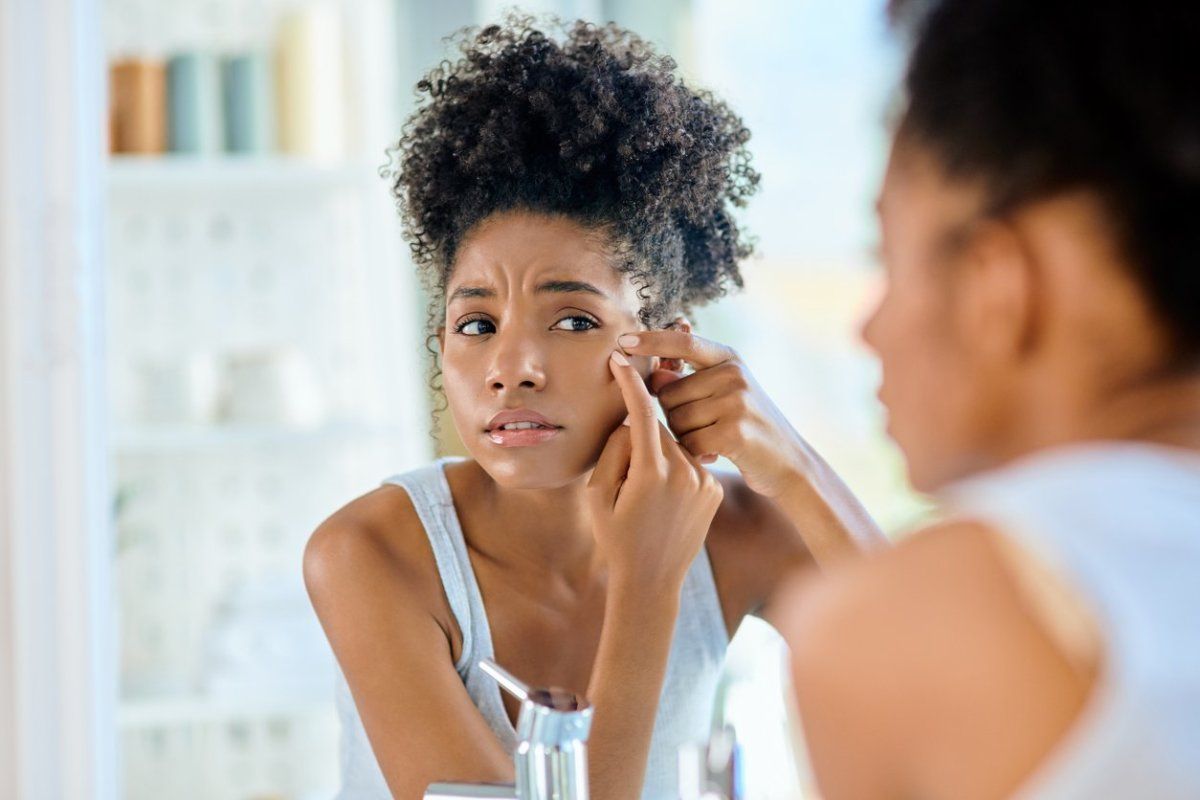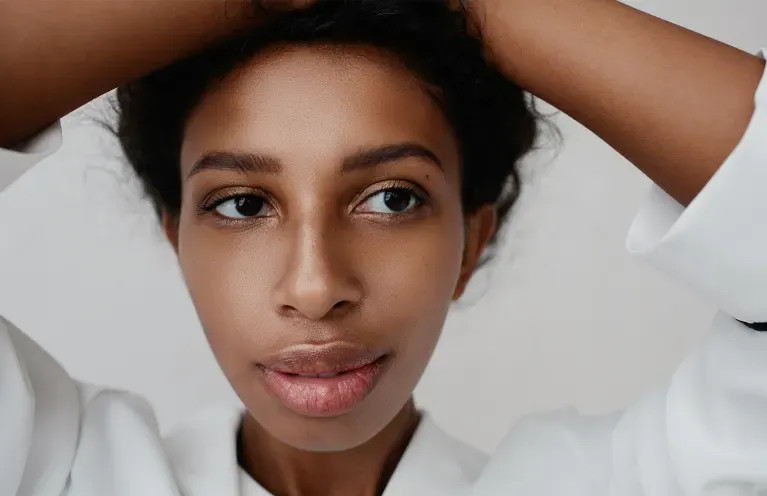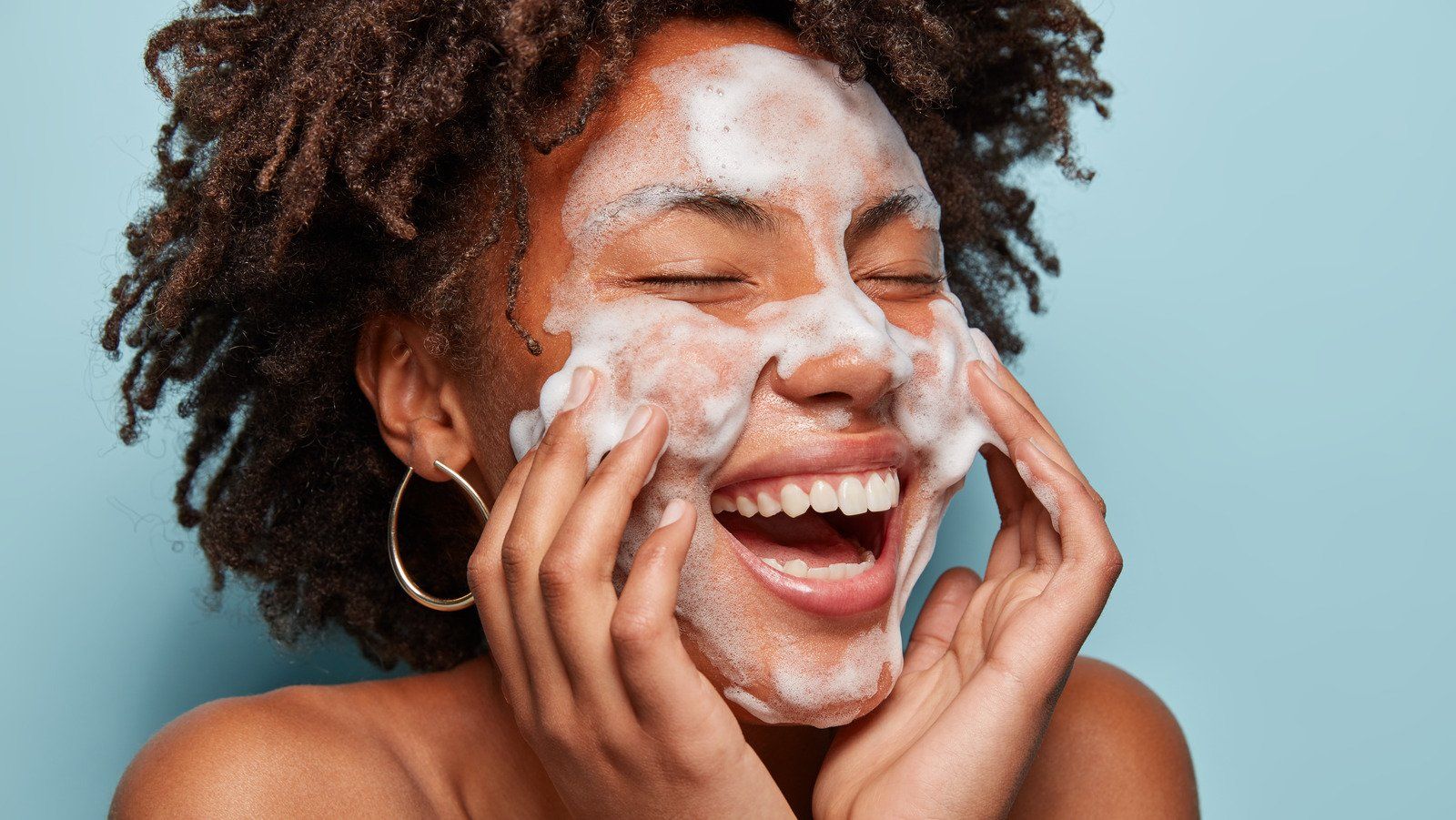Pesky Ingrown Hairs and What Causes Them
We’ve all experienced them at some point in our lives. Some persons suffer from it more than others. But what exactly causes ingrown hairs? Ingrown hairs occurs when the hair gets trapped beneath the surface of the skin or when the hair curls back into the skin. The body identifies this hair as an intruder and this leads to inflammation causing painful, itchy, red bumps on the skin. Sometimes it is hard to identify what exactly causes it but there are some proven suspects as follows:
Curly and Coarse Hairs
Unfortunately, the hairs you were born with can be your reason for your suffering with ingrowns. Hairs that are curly or coarse (thick, deep rooted hairs) have a greater tendency to curl back into the skin causing inflammation.
Shaving
Trying to get a clean shave by shaving the against the direction of hair growth while pulling the skin taut is a big culprit creating a sharp blunt edge on the hairs, easily leading to irritation. When you release the skin after holding it taut, these blunt hairs end up right below the surface of the skin (hence the smooth feel). While most of the hairs will grow out with no problems, some of the hairs get trapped and grow underneath the skin leading to...you guessed it--- ingrown hairs! Avoiding improper shaving techniques by exfoliating the skin right before shaving and shaving along the direction of the hair growth while the skin is properly lubricated can help in reducing ingrowns. This will not give you a clean shave but will at least ease irritation. However, unfortunately ingrowns can still happen due to other factors as you will see.
Build-up of Dead Skin Cells
Dead skin cells cause the skin to become dry and dehydrated and tend to block up the hair follicles. This makes it difficult for the hairs beneath the skin’s surface to grow out and thus they get trapped leading to the formation of impacted hairs. This is why it is so important to exfoliate regularly to prevent the skin from becoming congested.
Broken Hairs
Broken hairs, especially in the case where the direction of the hair follicle becomes distorted is another big culprit. Broken hairs can happen with any hair removal method (except trimming and permanent hair removal methods), even with the most experienced practitioners. The chances are with usually greater with improper waxing and tweezing techniques, hairs that are tough to remove due to highly congested skin (the reason why you need to exfoliate 2 days before hair removal), and when hair is removed against its natural direction. These broken hairs especially where the direction of hair follicles have been disrupted (mainly caused by violently removing hair against the natural direction of hair growth) struggle to grow out of the skin, easily leading to inflammation. These types of broken hairs usually cause some of the worst type of ingrowns called cystic ingrown hairs. In this case the hair itself is not visible at the surface of the skin and a huge pus filled bump is usually present at the site and can keep growing as the hairs grow.
External Factors
When the hair follicle is empty, this makes it more susceptible to irritation from:
- Sweat- this can cause bacteria build-up leading to inflammation thus infecting the hair follicle and impacting the hair.
- Tight Clothing/Friction- Tight clothing causes increased friction which can cause redness and irritation (one of the reasons it is advised to avoid wearing tight clothing directly after hair removal). The constant pressure and rubbing directly on the skin can cause the skin to keratinize much quicker, leading to a much quicker and much more build-up of dead skin cells as it tries to protect itself. This friction and wearing tight clothing can also make it hard for the hair to grow freely, thus causing the hair to grow back into the skin.
- New Skin Care and Detergents- because the follicle is void of hair, the skin can get easily irritated from things it may not have otherwise been vulnerable to.
All of these factors can cause irritation that can lead to inflammation making it hard for some of the hairs to grow out freely, thus exacerbating ingrown hairs.
As you have noticed, there are many factors that can lead to those pesky ingrown hairs. This is why even though you may do your part in trying to keep them away they can still occur. However, there are ways in which we can minimize or even prevent them entirely! So don’t lose all hope. Next time I will discuss in depth the ways in which you can manage this annoying condition that gets in the way of us enjoying our hair-free skin.













